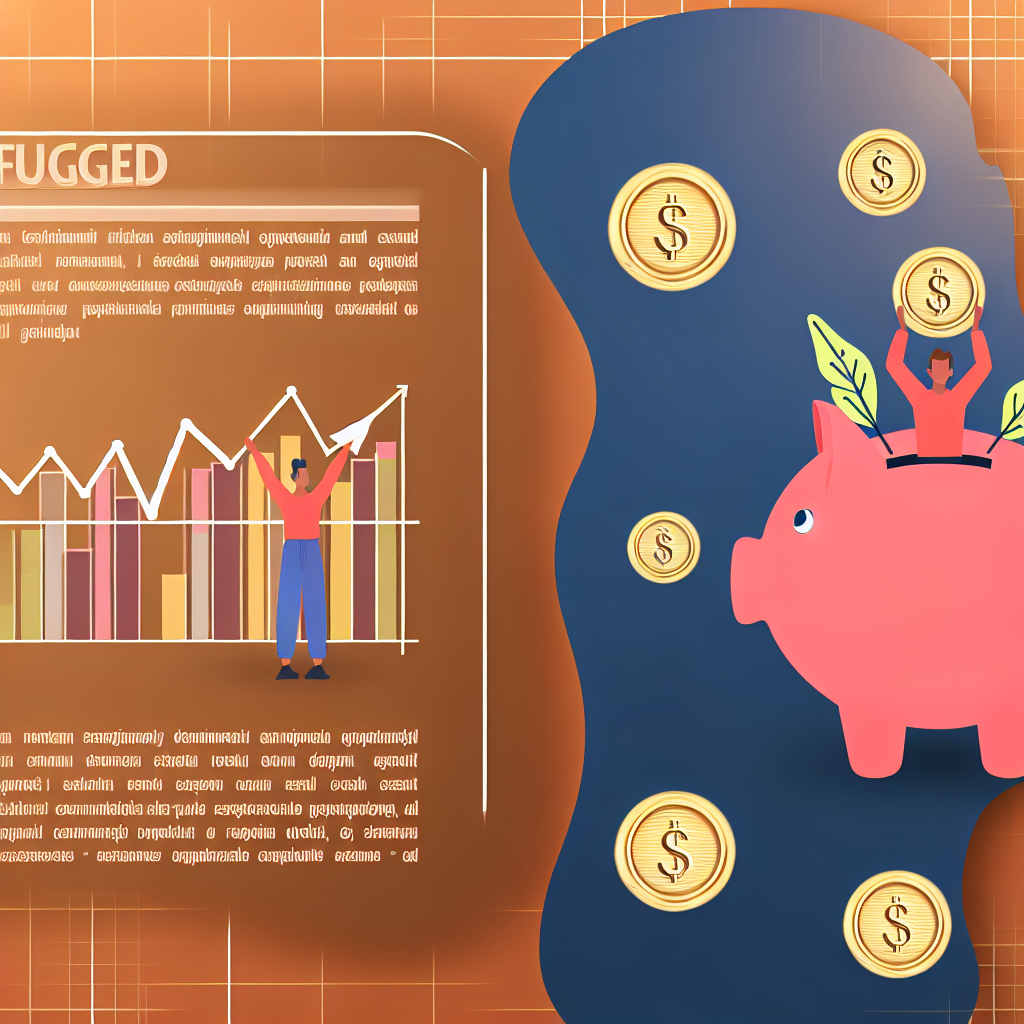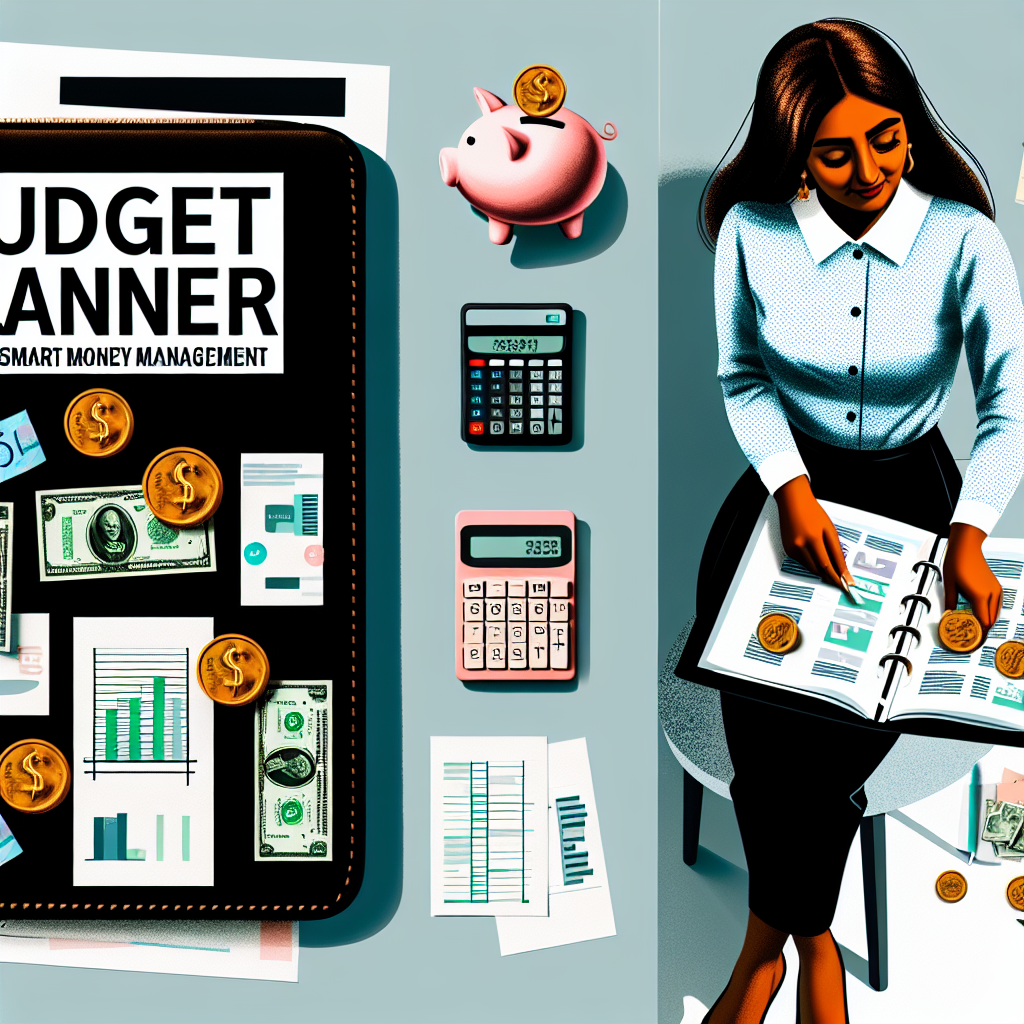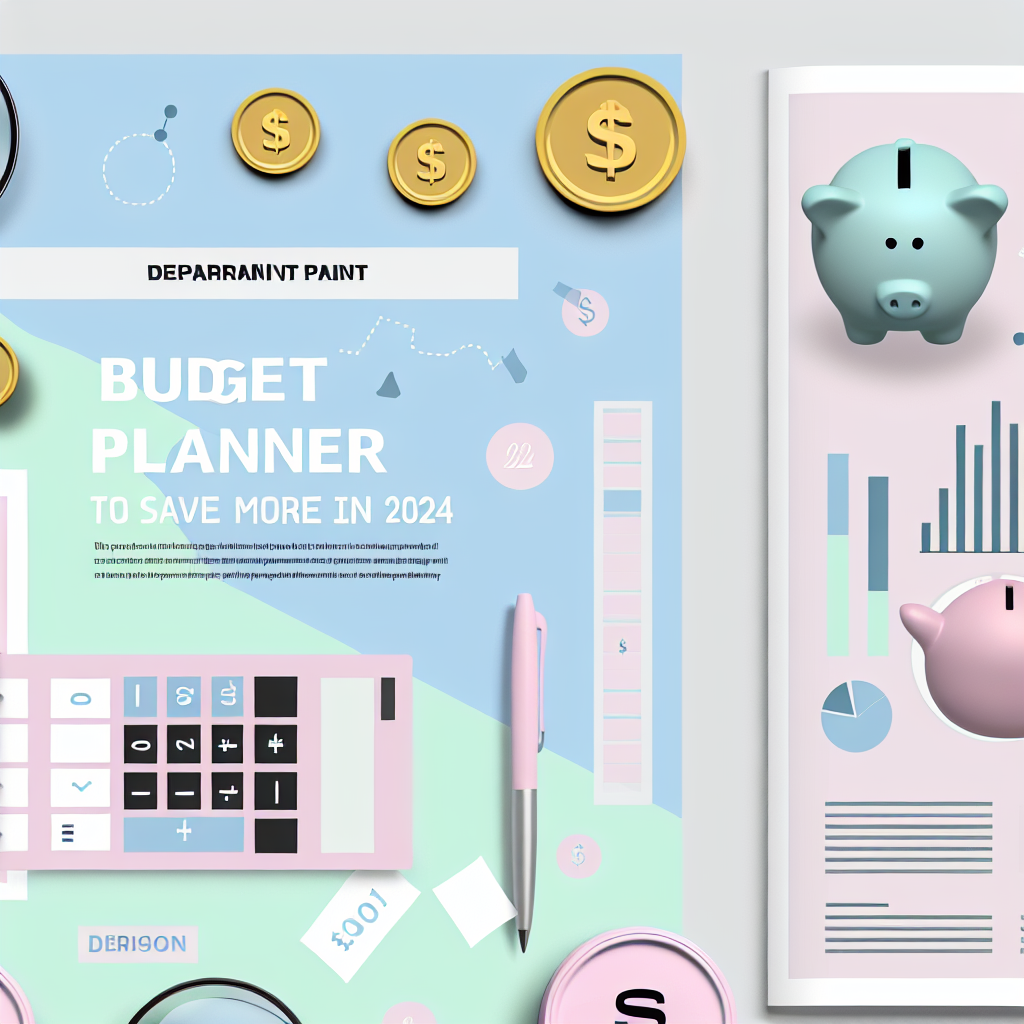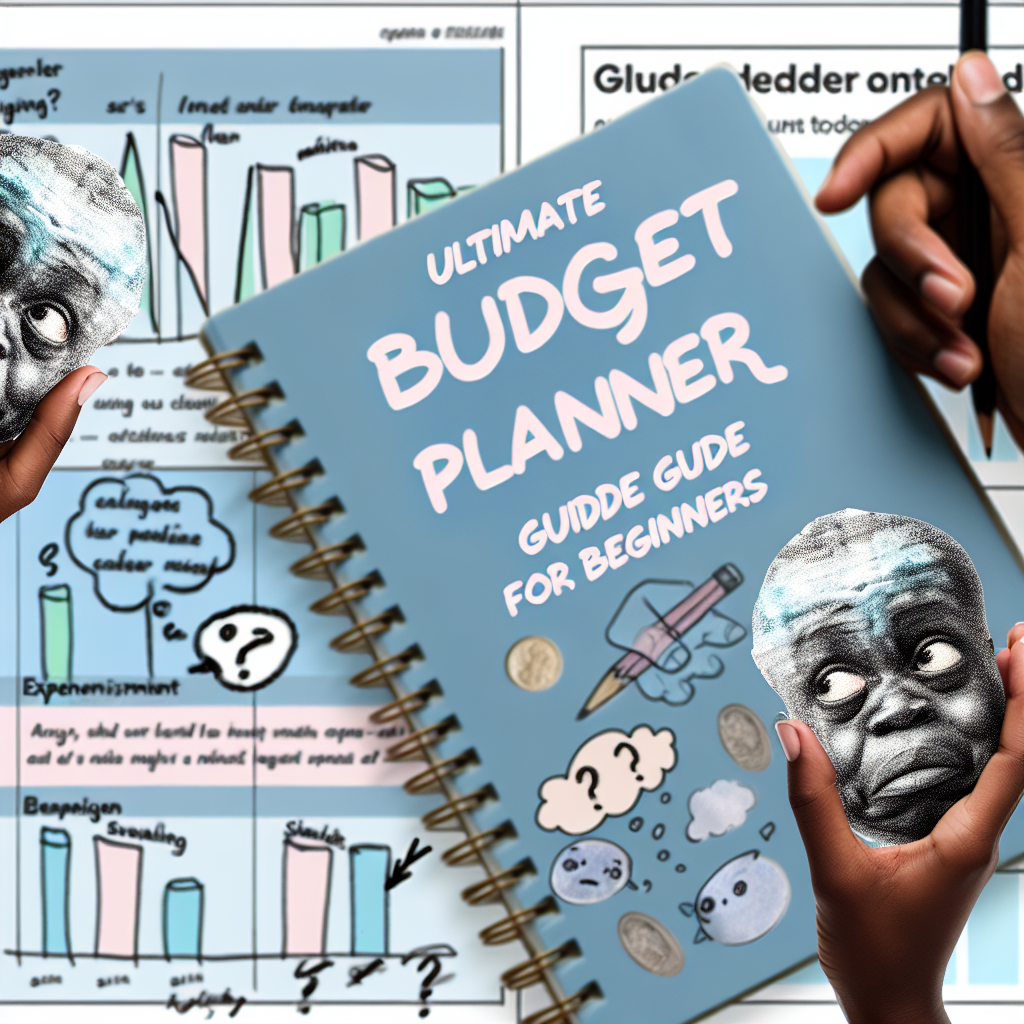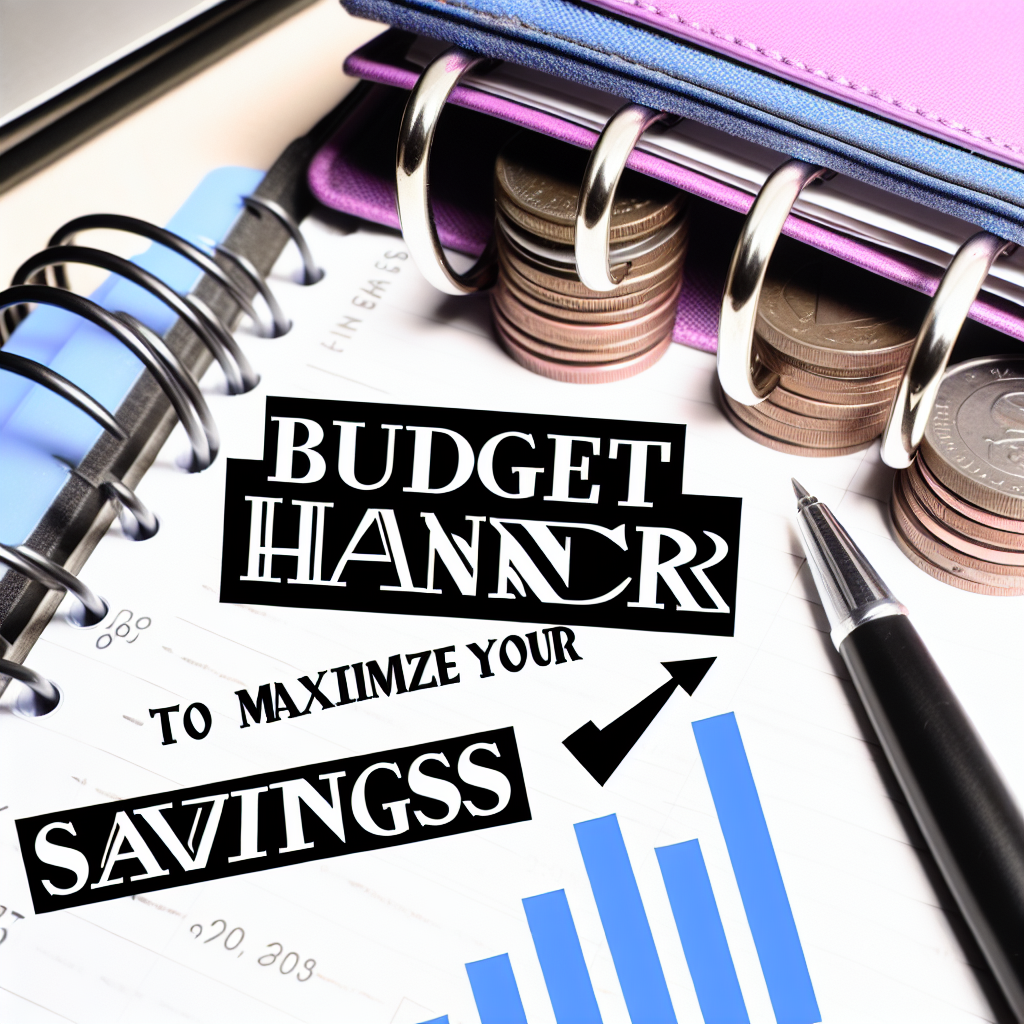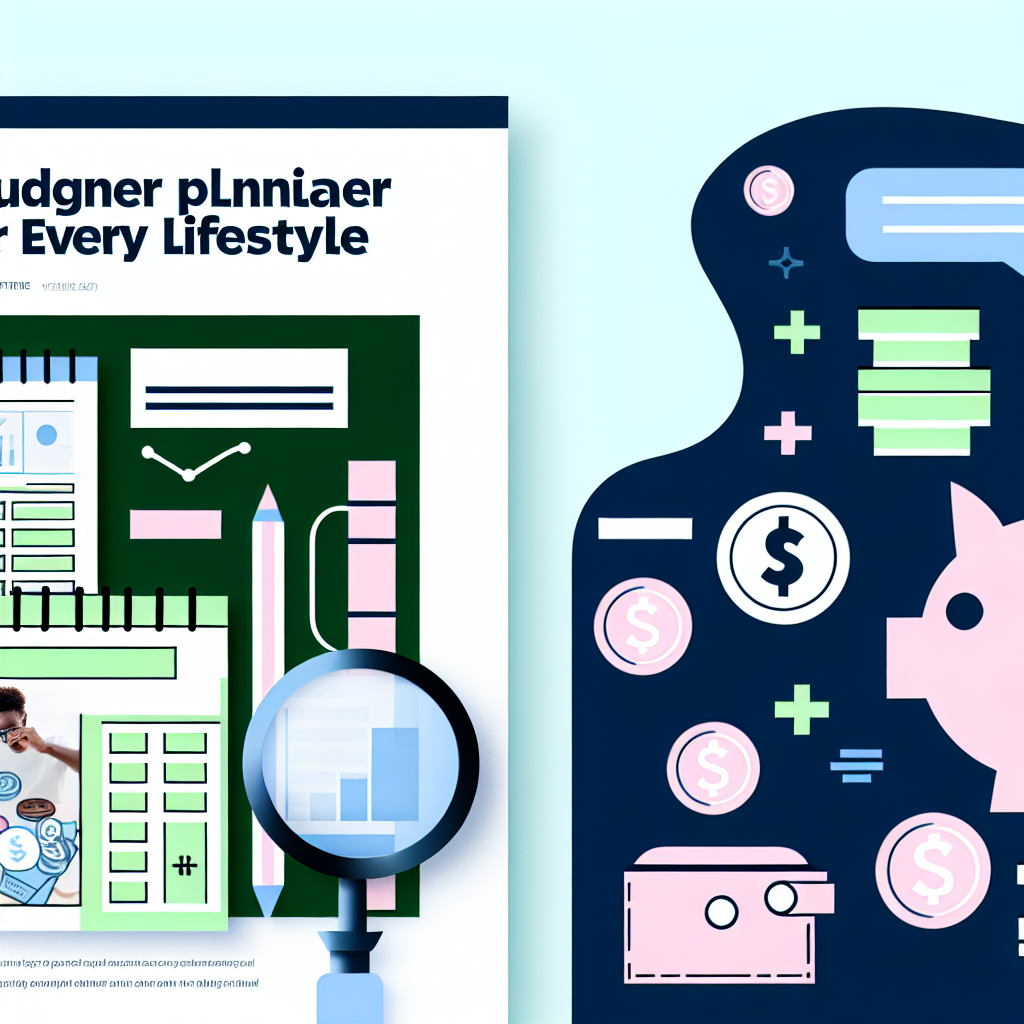=
I still remember the night I sat on my tiny couch, staring at my bank app like it was some kind of cruel joke. Rent was due in three days, my credit card balance looked like a phone number, and I hadn’t eaten anything but instant noodles for two days. I thought, “If I don’t get my act together, I’m going to be stuck in this mess forever.” That’s when I first stumbled upon the idea of frugal living. But let me be honest—at first, it felt less like freedom and more like punishment.
My first attempt at frugality was a disaster. I scribbled a “budget” on a napkin with coffee stains, with the words “NO SPENDING” written in angry capital letters. Spoiler alert: it didn’t work. I ended up sneaking out for a $7 latte the next day and feeling like a failure. But somewhere in that mess, I had a tiny “aha” moment.
The “Aha!” Moment: Frugal Living Isn’t About Being Cheap, It’s About Control
What I realized was that frugal living isn’t about pinching pennies until you’re miserable or turning your life into a series of “no’s.” It’s about reclaiming control over your money and your choices. It’s less about deprivation and more about intentionality—choosing what’s truly worth spending on and what’s just noise. That shift changed everything for me.
How I Learned to Live Frugally Without Losing My Mind
The first thing that actually worked for me was tracking where every single dollar went. Not with some fancy app, but with a simple notebook. Writing it down made me face the truth—like how those $3 snacks here and $10 takeout meals there were quietly draining my account. It wasn’t glamorous, but it was eye-opening.
I remember being hesitant to try cooking at home. I was convinced I’d burn everything or waste more money buying ingredients than just grabbing food out. But after a few disastrous attempts (hello, charred pasta), I found a few simple recipes that didn’t make me want to cry. Suddenly, I was saving $40 a week, and my stomach was still happy.
This trick might sound weird, but I started using a “fun fund.” I set aside a small amount each month just for things that made me happy—a concert ticket, a new book, or even a fancy coffee. It kept me sane and stopped me from binging on impulse buys because I felt restricted.
Another thing that helped was learning to say “no” without feeling guilty. Saying no to a night out or a pricey gift didn’t mean I didn’t care about my friends or family—it just meant I was caring about my future self, too. And honestly, most people understood when I explained it like that.
I Get It—Frugal Living Sounds Scary and Boring
I know what you might be thinking right now: “This sounds hard,” or “I don’t have enough money to start,” or even “I’m not disciplined enough.” Trust me, I’ve been there. I thought frugality meant giving up everything fun and living in a cave. But it’s not about perfection; it’s about progress. Every little step you take, no matter how small, is a victory.
And if you mess up? So did I. I once spent $150 on a dinner I didn’t even enjoy because I was stressed and hungry. It sucked, but it didn’t erase all the good habits I was building. You don’t have to be perfect to get better.
One Small Step Toward Your Own Financial Freedom
So here’s my message to you, friend: you don’t need to overhaul your entire life overnight. Start with one small thing today—maybe write down what you spend tomorrow, or skip one takeout meal this week. Celebrate that win. You’re not alone in this messy, imperfect journey. I’m right here with you, still learning, still fumbling, but slowly building a life where money doesn’t control me anymore.
Frugal living isn’t about being cheap—it’s about being free. And that’s worth a lot more than any latte.
💡 Want more tips like this? Explore more ways to save funds and plan your budget wisely!

